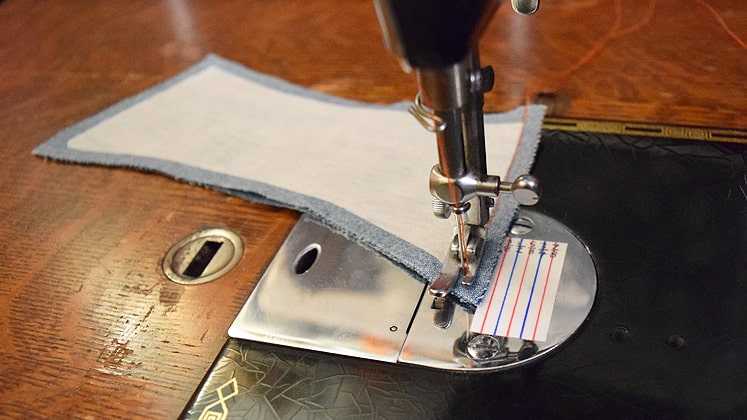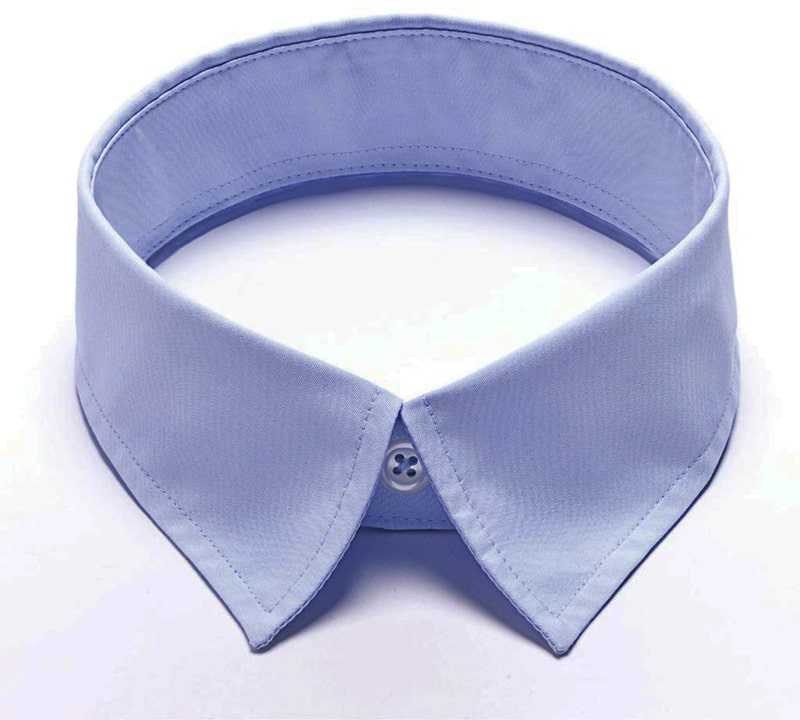
Interlining, as one the most important trims, and fusing, as one of the most important operations done in a shirt, fulfil both the aesthetic and functional purposes of men’s shirts. However, the apparel industry is still overlooking these two processes despite knowing that choosing the right type of interlining and fusing method can do wonders in achieving both these parameters.
In the previous three articles dedicated to shirt manufacturing, Team StitchWorld talked about the various aspects of shirt manufacturing where we discussed about the ways a shirt is manufactured, the technical details of shirt manufacturing and the important features to consider while making a shirt. While in the fourth article of the series, we will discuss about interlining and its use in shirt manufacturing.
Interlining solutions to consider in shirt manufacturing
Interlining is anything that is used between two fabrics to give a more firm and structured look to the garment. These are used in the detailed area of the garment such as the front of the coat, collar, cuff and pocket flaps and further help the component of the garment with extra-wearing stress such as neckline, pockets, waistband and buttons, to retain the shape . There are two ways of using interlining: sew or fuse. Sewn interlinings are generally stitched between two layers of the fabric, whereas the fusible interlinings are bonded to the fabric using heat and pressure. An interlining, when not used correctly, results in a number of problems such as bubbling (localised de-lamination), strike back (glue penetrates back through the interlining) and strike through (glue penetrates through the fabric and comes to the face side).
Therefore, choosing the right type of interlining from the different options available in the market is very important and at the same time can be a tedious task. The interlining properties should match with the property of fabric in the garment to avoid any of the above mentioned faults. For example, both the garment and the interlining should have the same shrinkage level. If not, then the inner fabric may shrink more than the outer fabric and vice versa. This may further result in sizing problem as the finished garment will be smaller than it was planned. It also leads to the formation of puckered seam.
Classic Dress Shirts – More stiffness required
The classic dress shirt with more stiff and comfortable collar is the next big upcoming trend. To maintain the stiffness and stability of the collar, one should use hard interlining made up of 100 per cent cotton. Stiffness of the cotton interlining does not let it get easily distorted while being worn or cleaned by the wearer. Thereby, it exerts maximum control on shrinkage and shape retention. The lightweight cotton fusible interlining with soft touch is the perfect solution to achieve the aesthetic requirement and the stretch for the collar patch keeps the softness intact with perfect resilience. Another solution is using the interlining made from natural fibres (such as wool, silk and veg), but these kind of interlinings are not very well known for their soft handle and feel. However, with rapidly evolving innovations, it has become possible to use different weaves like broken twill or fabric.

The promising brands for cotton interlinings are Freudenberg, Wendler and Talco. The interlining has to be fused with the shirt collar patch to obtain the desired output. The correct fusing option includes the right amount of pressure, heat and temperature to be fused. The machines used for this purpose should be designed for the collar and cuff fusing, should come with exit belt, return belt or stacker devices for better quality of fusing processes. Further, the machines should be selected keeping the cooling system in mind as a cooling system with an illuminated area helps in positioning the interlining.
Jersey Shirts – More stretchability required
The hectic schedule of office-goers has increased the demand for stretchable and soft collar combination as well as ease in movement is also preferred by them. Also, new fabrics and fabric constructions are being introduced in the market. Knit, jersey and plain stretch fabrics with cotton spandex are becoming the current trends and are setting new standards in shirt production.
The jersey shirts are more in demand nowadays in the market and the manufacturers are getting huge orders for the construction of jersey shirts. Due to their complex construction, which is generally weft knitted, they have a high degree of stretch- ability in them. The interlining being used in these fabrics have to be matched with the characteristic of fabrics. A normal cotton interlining may not serve the purpose as it is much more stiff and does not have a high level of stretchability which is actually a major need in case of jersey shirts. Using a cotton interlining may make the jersey shirt look aesthetically bad and will also increase the chance of the number of problems arising.
The best solution for jersey shirts with high stretchability are bi-elastic interlinings. These are made up of bi-elastic fabrics that have a slight stretch across the bias of the material giving maximum comfort when worn. They have better stretch, elongation and recovery property which fits well with these jersey fabrics, having greater extent of stretchability in them.
The promising brands with these kind of interlinings are Freudenberg, Wendler and Talco. The brands have different range of different interlining weights to achieve the perfect collar look with high stretchability and resilience.
Shirts made from Polyester, Nylon – More heat sensitivity required
The variety of fabric present in the market have their own distinct characteristics. These properties have to be considered before performing any treatment on them. The outer fabric made out of viscose and nylone gives a super soft-hand feel and the perfect look. At the same time, this variety of fabric is the most heat-sensitive making it difficult to handle the fusing process that requires heat and pressure. Also, this characteristic sometimes affects the quality of the fusing applied to the interlining.
Moreover, the normal classic cotton fusible interlining may not give the type of result that is required. One of the disadvantages of using it is the high thermal shrinkage. Also, using classic lower temperature Cotton IL (LDPE) available in the market increases the risk of bubbling after few times of dry cleaning or home laundry.
Adhesive is a substance that causes fibres, fabric, yarns or other materials to stick together. Choosing the right kind of adhesive technology can help in achieving lower temperature fusing. Not all the adhesive in the market require high heat temperature for getting fused to the fabric. There are adhesives that can be fused in low temperature, and will therefore not harm the heat-sensitive fabric.
One such example is the Freudenberg 63XX range with its patented adhesive technology. These can be fused in low temperature and deliver better bond strength.
Uniform Shirts – More washability required
White shirts are used as uniform shirts and will always be in trend. Uniform shirts are used almost daily and therefore have to be washed a number of times. There are a number of problems that arise in these shirts because of the bad use of interlining. One is that of bubbling which comes in the shirt collar after certain washes.
Using a normal cotton interlining may not solve the purpose. Being a natural fibre, it has some small filament yarn and foreign yarn also contaminating the interlining that can be seen in the shirt and appears different from the shirt.
The stiffness and the softness required in the collar can be achieved only by a good quality interlining present in the market. However, many of the brands have come up with a better quality alternative too. One of them is the Freudenberg 68XX range. This is the perfect solution for uniform shirts and has already been tested on millions of shirts. This solution is completely man-made and certified. The other companies serving the purpose can be Wendler and Talco.

Post a Comment